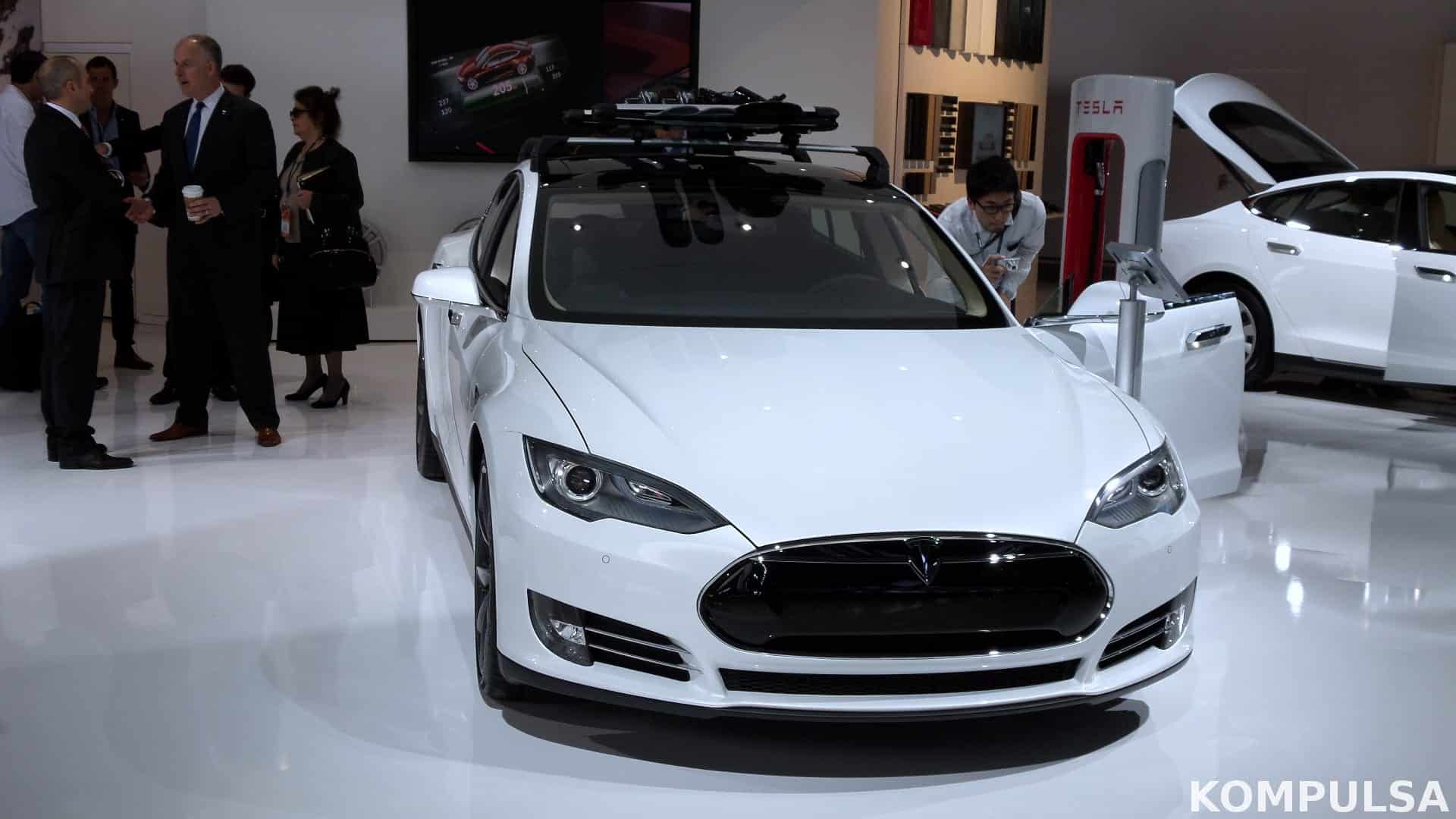Supercapacitors have been mentioned from time to time due to their uses in some hybrid and electric vehicles, as well as other devices, but what are they? A supercapacitor is an electric double-layer capacitor. It differs from a conventional capacitor in that it offers a significantly higher energy density.
As is the case with conventional capacitors, supercapacitors (also called ultracapacitors) store energy as an electric charge. Lithium-ion batteries on the other hand operate by using the electricity supplied by charging to drive a chemical process (which moves lithium ions from one electrode to the next inside the battery). When the process is reverse, the battery generates electricity.
The vast majority of energy storage technologies utilize the concept of using the energy you want to store to drive a process, and that process generates electricity if reversed. Supercapacitors don’t work that way, and that’s what makes them unique (not that anything is wrong with that technique).
Supercapacitors are very simple, have an extremely low internal resistance, and have a long lifespan that can easily exceed 10 years if they aren’t exposed to too much heat or vibration. The two main caveats of supercapacitors is their high cost and low energy-to-weight ratio.
What does a low internal resistance translate to?
- Fast charging (seconds in the case of supercapacitors).
- Energy-efficient operation, which results in reduced heat production.
- Fast discharging: This means that supercapacitors can dump out a massive burst of energy in a very small time frame. This is why they’re considered powerful. One known benefit of this is their ability to provide electric vehicles with strong acceleration.
Supercapacitor Voltage
The voltage of supercapacitors is vastly lower than that of conventional capacitors. However they have a significantly higher energy-to-weight ratio than the conventional ones. The voltage of a supercapacitor usually ranges from 2.3 to 2.7 volts. 2.7 volts is common for smaller supercapacitors, and you may see some up to 2.85 volts.
This doesn’t mean that you can’t use supercapacitors for applications requiring voltages higher than 2.85 volts. It means that you would have to connect supercapacitors with each other in series in order to do so. You can connect six 2.7V supercapacitors in series to achieve a maximum voltage of 16.2 volts. You also don’t have to charge them all the way to 16.2V.
That would put them in the voltage range required for automotive projects (13 Volts to 14.8 Volts when the engine is running). You could also connect 6 of them in series for off-grid solar projects as well. The maximum voltage would be suitable for solar systems equipped with charge controllers (These systems charge batteries or supercapacitors up to 14.8 Volts, if it is a ’12 Volt’ solar system).
The Purpose Of Supercapacitors
The purpose of supercapacitors is to store energy for later use. This sounds an awful lot like conventional capacitors. However, conventional capacitors are often used for filtering, blocking, and other operations in which they charge and discharge even faster than supercapacitors (this means they are outstandingly fast).
While conventional capacitors store energy, they are not usually used to provide (sustained) power to a watch or motor for example (because their storage capacity is too minute to be useful). Supercapacitors bring some of the benefits (such as longevity, speed and power) to energy storage so that they can power small electronic devices for hours per charge — or even days.
Other uses of supercapacitors include powering RTCs, kinetic watches, rechargeable clocks, and 5V USB projects. I used a pair of 2.7V 350 Farad supercapacitors (5.4 volts total) as a backup battery to power a Raspberry Pi 3B. I also the supercapacitors to power a microcontroller via USB.
Energy Density Of Supercapacitors
The gravimetric energy density of supercapacitors is below 15 Wh/kg. They have been improving (and vary quite a bit), but this is well below the energy density of lithium-ion batteries, which is usually between 95 Wh/kg and 243 Wh/kg. It also falls below the energy-density of lead-acid batteries (35 Wh/kg to 40 Wh/kg) — However, supercapacitors massively outperform lead-acid batteries (with regards to power output over brief time periods in the order of seconds).
The poor energy density of lead-acid batteries is the reason that your car battery weights over 20 pounds! Bear in mind that lead-acid batteries do have to be significantly larger than supercapacitors if you want to start a car with them. The reason is the high internal resistance of lead-acid batteries, which limits them to discharging relatively little current at a time.
Are Supercapacitors Dangerous?
I can’t say I know much about the overall dangers of these capacitors. However, supercapacitors’ risk of electric shock is determined primarily by their voltage and state-of-charge. The risk of electric shock is not determined by how much energy they store, but their ability to discharge it — this is where voltage (electromotive force) comes in.
A 1,000 Volt capacitor (super or not) is far more dangerous than a 10 Volt one. Even if it stores less energy than a watch battery (and this actually is the case most of the time!). The high voltage is what causes that small current to flow, and therefore do harm. Voltage is called electromotive force for a reason! A 1,000 Volt capacitor the size of your palm is vastly more dangerous than a car battery — and the car battery stores many times more energy. The reason is that the car battery is only 12 Volts.







